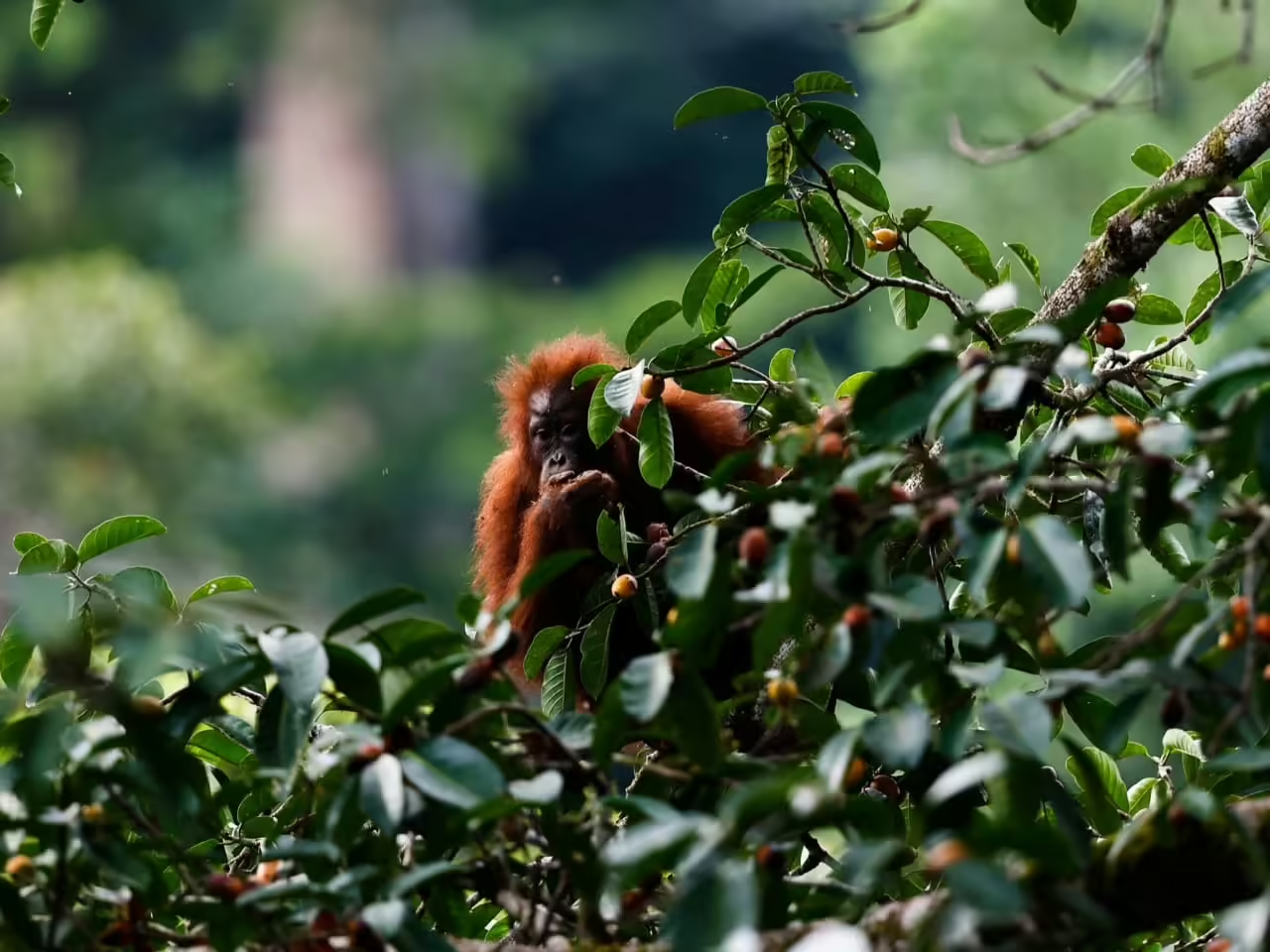The Society of Indonesian Environmental Journalists (SIEJ) North Sulawesi chapter, Thursday (21/9/2023), visited the Manado Anoa Breeding Center (ABC) to see and discuss efforts to conserve the endangered anoa (Bubalus sp), endemic to Sulawesi Island.
ABC Manado was inaugurated on February 5, 2015 by Minister of Environment and Forestry Siti Nurbaya Bakar. The only anoa breeding center in Indonesia is located in the Center for the Application of Environmental and Forestry Instrument Standards (BPSILHK), about 20 km from North Sulawesi Province’s capital.
Anoa has been classified as an endangered species on the International Union for Conservation of Nature (IUCN) Red List of Threatened Animals. The IUCN estimates that there are 2,499 anoas left on Sulawesi.
This animal is also protected by the regulation issued by the Minister of Environment and Forestry of the Republic of Indonesia concerning the determination of protected plants and animal species. Anoa is included in the 25 priority animals to be protected and their populations increased.
The task falls on the North Sulawesi Natural Resources Conservation Center (BKSDA), ABC Manado, and BPSILHK.
“Currently at Manado ABC, there are 11 anoa consisting of 5 males and 6 females. There are 9 lowland anoa or bubalus depressicornis, and 2 mountain anoa or bubalus quarlesi,” said Afifah Hasna, a veterinarian at Manado ABC who accompanied the SIEJ team during the visit.
She explained that, since its establishment, there have been 5 births of baby anoa and all in good health. The first baby anoa was born on February 7, 2017 named Maesa, and the second baby anoa was born on November 8, 2017 named Anara.
The third anoa was born on July 25, 2018 and named Deandra, the fourth was delivered on January 16, 2023 and named Raden. The fifth anoa was born on July 9, 2023 and named Bahen.
Hasna, who has worked at ABC for 2.5 years, explained that anoa breeding at ABC is done ex-situ — outside of their natural habitat. This is done to maintain their health and welfare standards by using infrastructure that meets standards before being released.
“It is hoped that Manado ABC can increase anoa populations which are decreasing,” she said.
Rambo, the aggressive young anoa
The anoas bred at the Manado ABC will later be released to one of the in-situ — native habitat — conservation areas, such as Gunung Ambang Nature Reserve in East Bolaang Mongondow and Tangkoko Batuangus Nature Reserve in Bitung, North Sulawesi.
Afifah then invited the journalists to visit the anoa enclosure located at the back of the BPSILHK office. A number of anoas in separate cages reacted when approached.
“There are some aggressive anoas, like Rambo. At 9 months old, he has started to move away from his mother even though they live in the same cage,” she said.
Regarding health, Hasna explained that so far there have been no problems because regular monitoring is carried out. In general, anoa’s biggest threat is foot and mouth disease.
“But Manado ABC is still free of these diseases,” she said.
SIEJ Sulut chapter coordinator, Finda Muhtar, said the visit to Manado ABC Manado was part of a monthly meeting of journalists monitoring environmental issues.
“Today’s activity is part of the monthly discussion held by SIEJ Sulut to increase journalists’ understanding of environmental conservation,” Muhtar said.
Muhtar believes that with a comprehensive understanding of environmental and conservation issues, journalists will be more equipped to create stories that educate the public to participate in preserving the environment.
“Including protecting endangered animals such as anoa that are often hunted by humans,” Finda said.




Two births in 2023 and finally also Mountain anoa no longer singleton. A second one confiscated?